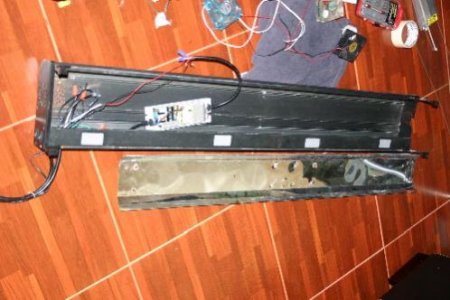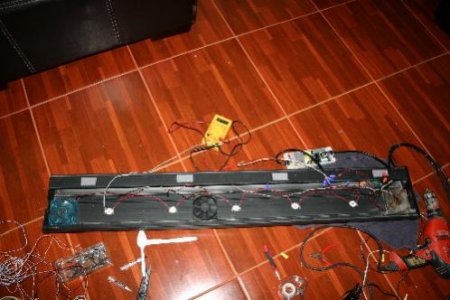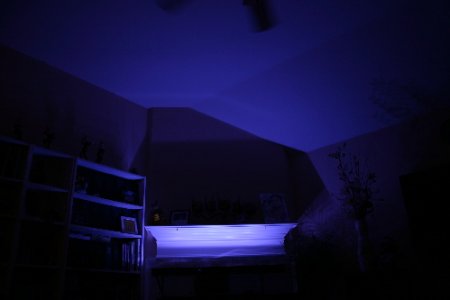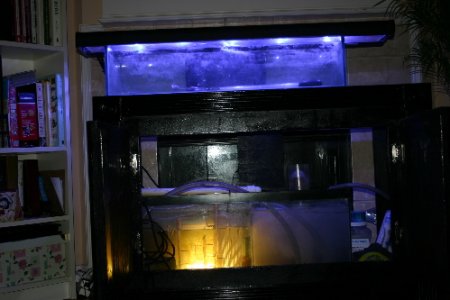Lassef
Member
@ Cmoua.
I have 9 pieces of 10-watt LED scattered on a heat sink with dimensions of 6 x 10 inches. 6 white and 3 blue. At 20 inches deep, I measure about 150-200 PAR below such a module. No lenses. With lenses, the PAR value is likely to improve significantly, especially if you choose 60 degrees lenses.
@ Sonny n Colleen
I think it would work well with 3 pieces of 50-watt hybrid chip, especially if you completes with a number 10/20 watt blue of different wavelengths. But it will be blue! Probably you do not need to use lenses, either.
Probably you do not need to use lenses, either.
Sincerely Lasse
I have 9 pieces of 10-watt LED scattered on a heat sink with dimensions of 6 x 10 inches. 6 white and 3 blue. At 20 inches deep, I measure about 150-200 PAR below such a module. No lenses. With lenses, the PAR value is likely to improve significantly, especially if you choose 60 degrees lenses.
@ Sonny n Colleen
I think it would work well with 3 pieces of 50-watt hybrid chip, especially if you completes with a number 10/20 watt blue of different wavelengths. But it will be blue!
Sincerely Lasse




